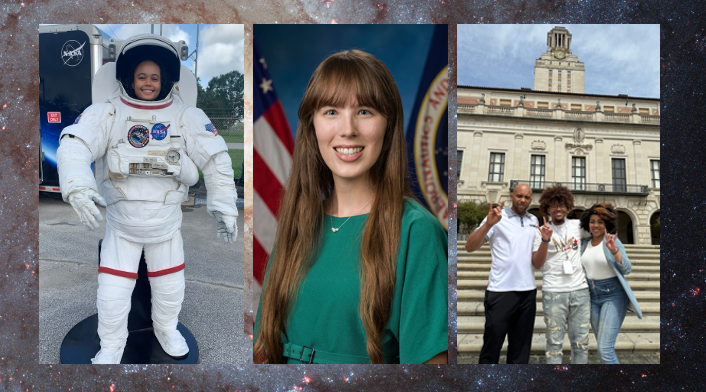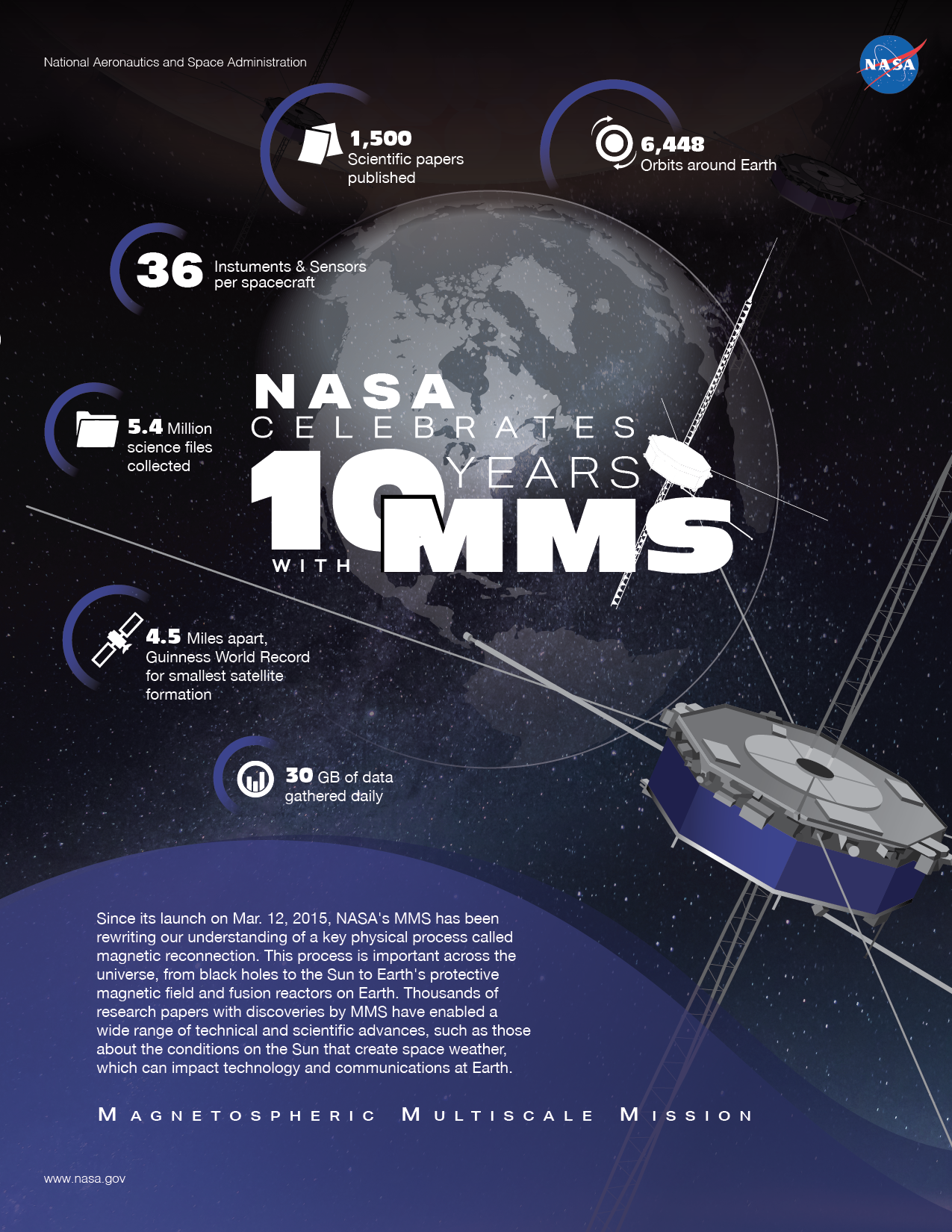NASA scientist Matt McGill and his team have been named the 2014 “IRAD Innovators of the Year,” an award bestowed annually on those who achieve significant results creating technologies developed under NASA Goddard Space Flight Center’s Internal Research and Development (IRAD) program.
The team received the award for designing and building three Earth-observing climate-change instruments and pursuing existing platforms from which to fly the innovative concepts on-time and with limited resources.
The annual award is presented by NASA Goddard’s Office of the Chief Technologist in Greenbelt, Maryland, which funds the development of promising new technologies that could advance NASA’s scientific and exploration goals and benefit others.
“The group built important climate-change instruments with a small team, a streamlined process, and a build-to-cost mentality. The team also leveraged multiple NASA technology resources, including the Small Business Innovation Research program and the Earth Science Technology Office programs. The team’s success is a testament to its can-do spirit and vision, and demonstrates how NASA innovators can be so effective,” stated Peter Hughes, NASA Goddard’s Chief Technologist.
McGill’s team, including Andrew Kupchock, Stan Scott, and John Yorks, designed and built the Cloud-Aerosol-Transport System (CATS), a lidar system that uses the reflected light from a laser pulse of energy to measure how far away an object is in the atmosphere. This new three-wavelength active remote-sensing instrument will allow scientists for the first time to study the day-to-night changes in clouds and aerosols from space. The CATS lidar arrived at the International Space Station aboard SpaceX’s Dragon spacecraft on Jan 12, and is expected to provide a continuous stream of vital information. It does not rely on ground stations to downlink data like other Earth-observing satellites. The use of the ISS demonstrates that lower-cost spaceborne experiments can take advantage of existing platforms.
The team earlier successfully retrofitted its Cloud Physics Lidar for use on an unmanned aerial vehicle (UAV). Four years later the UAV-compatible instrument debuted on the maiden flight of NASA’s Global Hawk aircraft, and is now an important player in NASA’s Hurricane and Severe Storm Sentinel (HS3) mission.
The Multiple Altimeter Beam Experimental Lidar (MABEL) is another instrument conceived and built in one year. It proved that photon counting worked at high altitude and was suitable for the Ice Cloud and land Elevation Satellite-2 (ICESat-2) mission, which launches in 2016.
“My entire team is excited to be in the forefront designing and building high quality instruments to meet NASA’s new technology needs in todays cost conscious environment”, McGill added.
For information about NASA’s Cloud Physics Lidar, visit:
For information about NASA’s technology and innovations, visit:
Cynthia M. O’Carroll
NASA’s Goddard Space Flight Center, Greenbelt, Maryland
301-286-4787
cynthia.m.ocarroll@nasa.gov





























